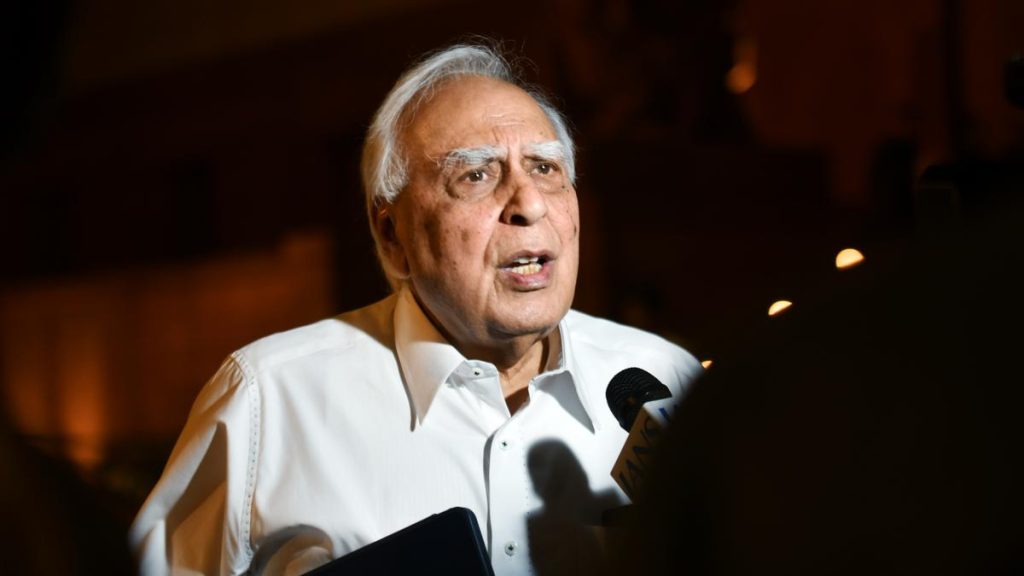Now Reading: Mangalagiri Handlooms: Weaving Tradition, Draping Legacy
-
01
Mangalagiri Handlooms: Weaving Tradition, Draping Legacy
Mangalagiri Handlooms: Weaving Tradition, Draping Legacy
Quick Summary
- Location and Heritage: Mangalagiri handloom sarees originate from Guntur district, Andhra Pradesh, near the sacred Panakala Narasimha Swamy temple.They hold cultural and spiritual meaning for devotees.
- Geographical Indication (GI) Tag: These sarees are globally acclaimed and symbolize India’s handloom heritage, earning a GI tag.
- Artisan Community and Production: Around 4,500 weavers and 5,000 ancillary workers in Guntur & Palnadu districts contribute to the craft thru cooperative societies. The textiles include sarees along with salwar suits, dupattas, shirting fabrics, towels, bed linens, mosquito nets.
- Challenges Faced:
– Competition from powerlooms impacting profits.
– Declining number of weavers due to low earnings (₹3,000 profit for weaving four sarees).
– Difficulty in adopting advanced jacquard looms despite government-backed training programs.
- Government Intervention:
– programs like NHDP/SCDP sanctioned ₹91 lakh for loom growth benefiting Mangalagiri clusters; total aid exceeds ₹2.09 crore across five clusters in Andhra pradesh.
– Over ₹1.3 crore provided as MUDRA loans to beneficiaries in Mangalagiri.
– Improved worksheds for safer environments; design training extended via NIFT Hyderabad & NID guntur to modernize skills.
- Marketing Efforts: Promotion through national/international exhibitions along with e-commerce platforms has enhanced visibility while reducing dependency on middlemen.
Indian Opinion Analysis
The preservation of the Mangalagiri handloom tradition exemplifies how India can bridge cultural heritage with economic sustainability. The government’s targeted interventions-financial aid schemes coupled with capacity-building programs-to address challenges like declining income and lack of skilled technological adoption reflect efforts toward inclusive growth within rural economies.
However, structural issues such as meager wages persist for artisans despite their labor-intensive contributions highlighting an urgent need to enhance pricing mechanisms or value addition. Training in technology like jacquard looms could pave pathways for more competitive designs akin to Chirala’s higher-valued Kuppadam sarees.
Mangalagiri’s integration into e-commerce is promising as it not only diversifies revenue streams but also eliminates exploitative practices ofen tied to traditional trade models. Furthermore,its ODOP recognition underscores its role as a enduring model blending craftsmanship with livelihood empowerment-a blueprint that other artisan communities across India may aspire toward replicating.
Efforts towards amplifying market reach must continue alongside raising awareness about fair remuneration at all stages of production if this timeless legacy is to thrive sustainably while empowering local communities.
Read More: Link























